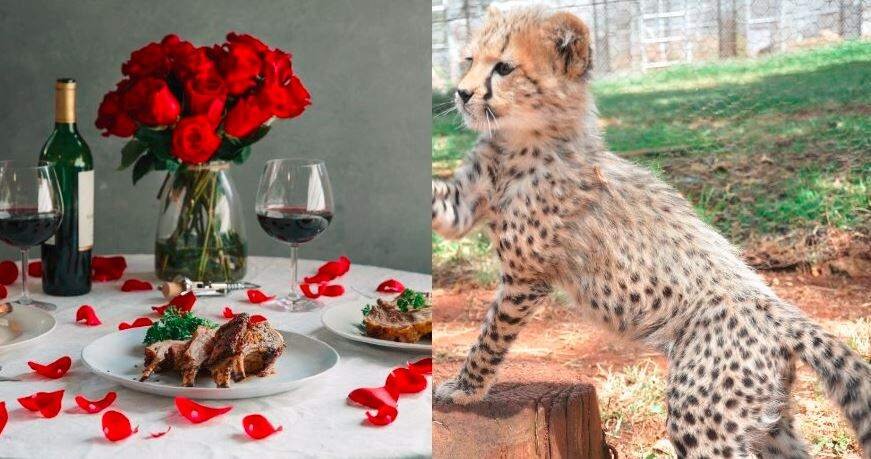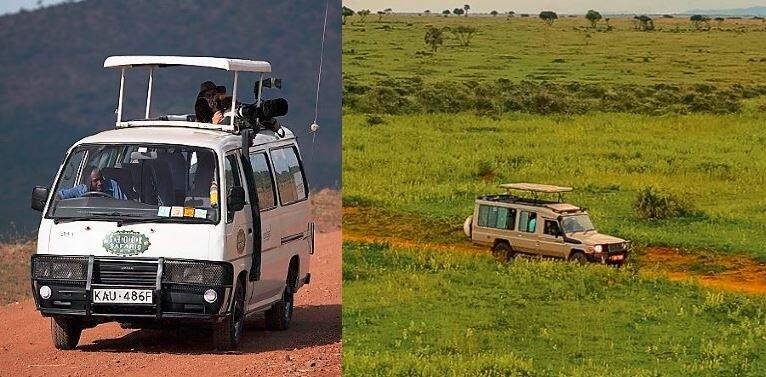Mtura is a Kenyan delicacy sold along the streets from 6 PM onwards. Have you ever asked yourself why the dish is sold during those hours? That’s a story for another day, for today, we want to learn more about Mtura. If you want to know how to prepare Mtura, its health implications, and benefits, then this post is for you. We’ll also cover the Mtura business as one of the easy businesses to start in Kenya.
Mtura (African Blood Sausage) is a common sight among Nairobi streets and estates in the evening. The dish was initially loved by men but nowadays, it’s common to find women and ‘hot ladies‘ also enjoying the delicacy. Therefore, it has become a Kenyan culture and as the saying goes, ‘to love Mtura is to love the Kenyan culture’.
A Brief History of Mtura
Before rising to fame, Mtura held a position of honor among the Kikuyu community. The goat-eating ceremony among the Kikuyu community was the origin of Mtura. After slaughtering a goat, the Kikuyus would use its intestines to prepare Mtura but only on special occasions like ruracios (dowry payment), weddings, and rights of passage like circumcision. The interesting bit is that although the meal was prepared by men, only women were allowed to eat it. Men would eat the other parts of the slaughtered goat.
Among the Kikuyu traditional community, Mutura was not the only type of ndundiro (sausage). The community also had ngerima, the only difference being that the latter is made from omasum. Ngerima, also known as ‘thenga twarie‘ was made in oval shapes. The Kikuyu term ‘thenga twarie‘ means ‘go away we want to talk privately‘. It was used by men to send away women and children so that they could have a chance to eat the meat alone.
How to Prepare Mtura
Mutura is basically made from goat and/or cow and/or lamb intestines sewn together and stuffed with a mixture bound by fresh blood, meat, and fats. This is just part of the global tradition of blood sausages. For example, in the place of mtura, Ireland has black pudding, boudin noir in France, Soondae in South Korea, and Morcilla in Spain.
Ingredients
- Raw fresh blood (Cow or goat blood)
- Meat
- Spring onions
- Salt
- Pepper (This is for those who love kafirifiri)
- Colons (Intestines)
Preparation Procedure
- Mix fatty meat and blood then boil till dark brown
- Add salt, pepper, and spring onions then cook for about 20 minutes (No cooking oil is needed)
- Tie the colon on one end
- Using the open end, fill the intestine with the boiled grounded meat
- Grill the mtura as you turn till goldne brown as shown below

- Cut into small pieces over a chopping board as shown below and serve with salt.

- While serving, you can add the famous known ‘kachumbari‘ or tomato sauce.
Three small mtura pieces (approximately 10 cm) go for Ksh. 10.
Health Implications of mtura
The entire process of making Mutura is a ceremony. The people making this dish engage in laughter and jokes as the smoke billows the mtura. In some cases, these people will be enjoying a beer or other drinks. As the conversations flow, there is sweat and even saliva that drops as the ‘chefs’ grill mtura.
You will realize that these people will receive cash with bare hands and at the same time, cut mtura for you. Are you concerned about such hygiene requirements when taking mtura from your favorite joint as you return home from work?
According to research in Nairobi, mutura is not safe for human consumption and can make you ill. The research reveals that mutura is contaminated with staphylococcus, bacillus, streptococcus, proteus, and E. coli organisms.” Therefore, by consuming mtura, you acquire dozens of killer bacteria.
Moreover, meat in Nairobi is under a lot of scrutinies. For example, in a report, a Kayole butcher confessed to using frogs and other road-killed animals to make mutura. You can see the danger that comes with eating mtura. However, the decision of whether to eat or stop eating mtura is yours.
Mutura Business
Mutura business can be categorized as one of the untapped business ideas in Kenya. It’s also a profitable business when done in the right joint. Mutura products are in demand regardless of the season.
The good thing about Mutura business is that it will not cost you a lot. With Ksh. 5,000 you can start a viable Mutura business. I realized that this is a profitable business when I engaged my friend who operates a Mutura business in Saika Mohlem. This dude revealed to me that he makes a profit of Ksh. 2,000 on weekdays and Ksh. 3,500 on weekends. Not many businesses in Nairobi make such a profit. Therefore, this is a lucrative opportunity for people who are open-minded.
Final Thoughts
Eating Mutura is not bad. In fact, I admit that the meal is delicious as I used to enjoy it. However, one day I was diagnosed with an acute amoeba infection that almost ended my life. I remember the first suspect my doctor told me was mtura. I just smiled and the doctor knew he was right. He advised me to be careful of the joints where I eat mtura and be mindful of hygiene. Therefore, I am taking this opportunity to pass the same message to you. Mutura is good and delicious but be mindful of where you eat it in terms of hygiene.







